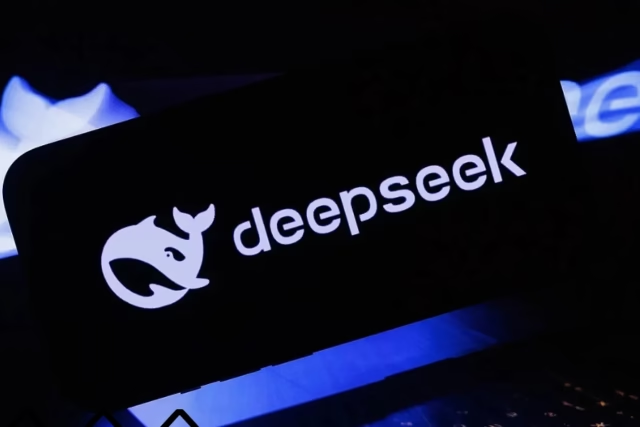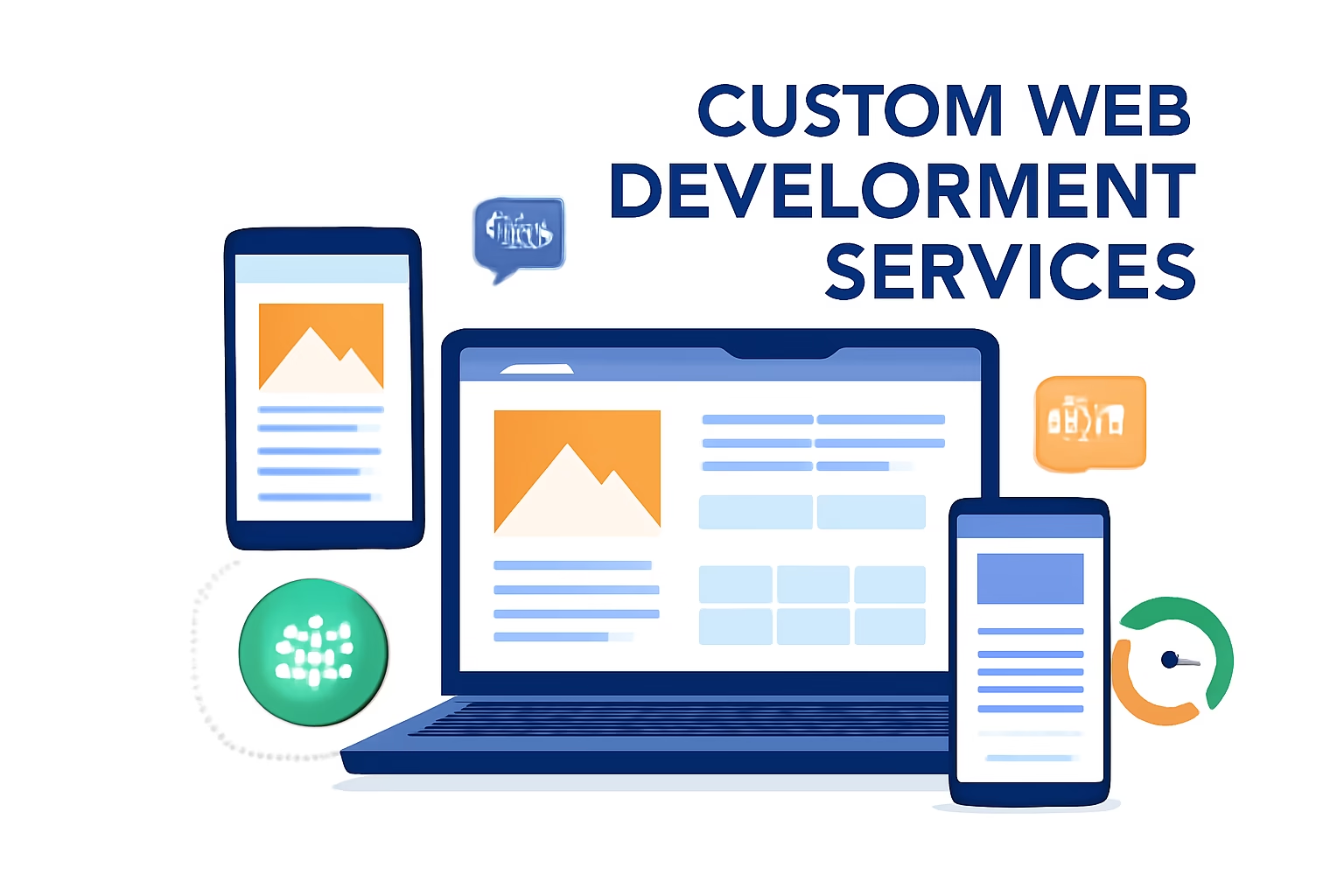Artificial intelligence is changing the way people interact with information. Instead of searching through long documents or websites, you can now build systems that provide quick and accurate answers to specific questions. This is exactly what a retrieval-based question-answering (QA) system does. By using tools like DeepSeek-R1, LangChain, and Streamlit, you can create a smart application that retrieves relevant information and delivers it in real time.
Build a Retrieval‑Based QA System
In this guide, you will learn step by step how to design and build such a system. We will cover the role of each tool, the process of combining them, and some practical tips to make the system user-friendly and reliable. The goal is to give you a clear roadmap, even if you are new to these frameworks.
Understanding the Key Components
Before building the QA system, it is important to know what each component does and why it is needed.
DeepSeek-R1 is an advanced open-source model designed to handle reasoning and complex queries. Unlike many models that only generate text, it focuses on reducing errors and hallucinations. This makes it reliable when accuracy is critical.
LangChain is a framework that connects language models with data sources. It helps you build pipelines where a user’s question is processed, relevant documents are retrieved, and then the language model generates the final answer. Without LangChain, connecting all these pieces manually would be difficult.
Streamlit is a Python library that allows you to create simple and interactive web apps. With Streamlit, you can design a user interface for your QA system so that anyone can ask questions through a browser without needing to understand the code behind it.
Together, these three tools form the foundation of a system that is both powerful and easy to use.
Step 1: Preparing Your Data
The first step is to decide what kind of information your QA system will handle. A retrieval-based model works best when it has access to structured or semi-structured data. This data could be company policies, research papers, technical documentation, or even articles.
The data must be cleaned and converted into a format that can be indexed. This usually means turning text into embeddings, which are numerical representations of words or sentences. These embeddings make it easier for the system to compare questions with stored content and find the closest matches.
LangChain has built-in support for embedding creation and document loaders. You can use them to preprocess data and prepare it for retrieval.
Step 2: Setting Up DeepSeek-R1
Once your data is ready, the next step is to set up DeepSeek-R1. Since it is an open-source model, you can run it locally if you have the right hardware, or you can deploy it on a cloud server.
The advantage of DeepSeek-R1 is its reasoning ability. It does not just return text based on probabilities. Instead, it follows a structured thinking process to produce answers that are logical and grounded in the input data. This makes it more trustworthy for real-world use.
At this stage, you will connect DeepSeek-R1 with LangChain so that it can act as the engine for answering questions.
Step 3: Using LangChain for Orchestration
LangChain plays the role of the “glue” between your data and the model. It allows you to:
- Define prompts that guide the model on how to answer questions
- Connect the model with the document retriever
- Ensure that only relevant pieces of data are sent to DeepSeek-R1 for processing
For example, when a user asks a question, LangChain will:
- Convert the question into an embedding
- Compare it with the stored document embeddings
- Retrieve the top matches
- Send those matches along with the question to DeepSeek-R1
- Receive the final answer and return it to the user
This workflow ensures that the model always relies on your dataset rather than trying to generate unsupported information.
Step 4: Building the Interface with Streamlit
A QA system is only useful if people can interact with it easily. Streamlit allows you to design a lightweight interface where users can type in questions and view the answers instantly.
With just a few lines of code, you can create text input fields, buttons, and display sections. Streamlit automatically updates the interface whenever the code changes, which makes testing and improving your system very quick.
You can also add extra features such as:
- File upload options so users can provide custom documents
- Dropdown menus for selecting specific data categories
- A history panel to show past questions and answers
These features make the system more user-friendly and professional.
Step 5: Testing and Improving Accuracy
Once the system is set up, it is time to test it with real queries. Encourage users to ask different types of questions, from simple facts to more complex reasoning tasks. This will help you understand how well DeepSeek-R1 is performing and whether your data coverage is sufficient.
If the system struggles with certain questions, you may need to expand your dataset or adjust the retrieval process. For example, increasing the number of documents retrieved before passing them to DeepSeek-R1 can sometimes improve accuracy.
LangChain also supports tools for evaluation, making it easier to measure how well your QA system is doing over time.
Benefits of a Retrieval-Based QA System
By combining DeepSeek-R1, LangChain, and Streamlit, you get a system with several advantages:
- Accuracy: The answers are grounded in real data rather than made-up responses.
- Scalability: You can add more documents or datasets as needed.
- User-friendly design: With Streamlit, anyone can use the system without technical knowledge.
- Flexibility: The workflow can be adapted for different industries, from education to business to healthcare.
This makes the system useful for organizations that need quick access to reliable information.
Real-World Applications
Retrieval-based QA systems are being adopted across industries. In customer support, they can reduce wait times by giving instant answers to common questions. In healthcare, they can provide doctors with fast access to medical research. In education, students can use them to study more effectively by asking focused questions about their subjects.
The key is that these systems are not replacing humans but helping them make faster and better decisions. By giving accurate information quickly, they boost productivity and confidence.
Future Possibilities
The future of retrieval-based QA looks promising. With models like DeepSeek-R1 improving their reasoning skills, the gap between human-like understanding and AI-powered search is narrowing. We can expect even more advanced integrations where QA systems can not only answer questions but also take actions, like scheduling tasks or summarizing entire documents on request.
As these technologies grow, the ability to combine them with tools like LangChain and Streamlit will become even more valuable. Developers who learn these skills today will be well-prepared for tomorrow’s AI-driven world.
Final Thoughts
Building a retrieval-based QA system may sound complex at first, but with the right tools, it becomes much more manageable. DeepSeek-R1 provides the intelligence, LangChain manages the workflow, and Streamlit offers a smooth interface. When combined, they give you a reliable, interactive, and user-friendly application that can be used across industries.
The best part is that this setup is flexible and open for continuous improvement. You can start small, test with a limited dataset, and then scale it up as your needs grow. By doing this, you will not only improve efficiency but also provide a better user experience for anyone seeking answers.
Using DeepSeek‑R1, LangChain & Streamlit







